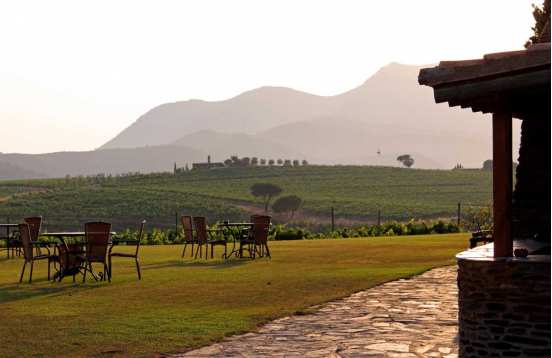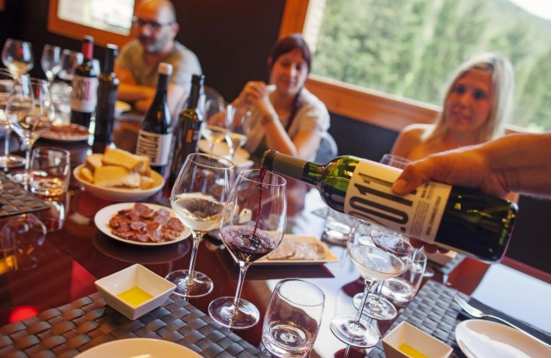Wine Tours in Catalonia
Enjoy Catalonia and its wines
Just imagine being a guest at a Catalan winery on your VINOTRIP tour in Catalonia, where you’ll be invited to experience sensory tastings that combine the aromas and colours of the wine with music and light effects. Talk about original and amazing! Plus you can taste wines paired with regional products like cheeses and local charcuterie.
-
 from
340 €
per pers.
Travel through the Empordà vineyard around Cadaqués and discover the marvelous Cap de Creus where you will stay among the vines3 days | 2 nights
from
340 €
per pers.
Travel through the Empordà vineyard around Cadaqués and discover the marvelous Cap de Creus where you will stay among the vines3 days | 2 nights -
 from
195 €
per pers.
Comfortably settled in your hotel room at the Can Xiquet hotel, you will discover the Catalan wines of the Empordà appellation around a regional cuisine.2 days | 1 night
from
195 €
per pers.
Comfortably settled in your hotel room at the Can Xiquet hotel, you will discover the Catalan wines of the Empordà appellation around a regional cuisine.2 days | 1 night
An overview of Catalan wines and appellations
There are 12 appellations within Catalonia, including the famous Priorat – the sparkling Cava – Empordà and Alella, just a few kilometres from Barcelona. The area around Cadaqués and the broader Empordà area is notable for its diverse range of wine varietals. The appellation DO Empordà (Denominación de Origen) covers the northern part of Catalonia, close to the French border (approx. 1,500 hectares of vineyards, with production concentrated in towns like Peralada, Figueres, Castelló d'Empúries and Cadaqués). The nearby Mediterranean Sea has a moderating effect on temperatures, helping to create a unique microclimate, ideal for growing grapes. The Cadaqués area lies on the coast, where the sea breeze helps to moderate temperatures, protecting the vines from extreme heat and preserving acidity in the grapes.
Empordà reds are mainly made from Grenache and Carignan, two varieties that thrive in the region’s warm climate. Those grapes are often blended with international varieties, which creates wines that are full-bodied and fruit-forward with hints of spice and earthiness. The region’s whites, known for their crisp acidity, balanced by a touch of minerality and salinity, are typically made from Garnacha Blanca, Macabeo (Viura), Parellada and international varieties. The Empordà region also produces Cava, Catalonia’s renowned sparkling wine, although not as famous as the Penedès Cava.
What’s on the menu in Catalonia?
When in Catalonia, do as the Catalans do. Be adventurous and try some of Catalonia’s sparkling wine, Cava, with a local seafood dish of mussels, shrimp and cuttlefish called fideuà. We also recommend that you try the market-fresh Catalan cuisine. How about some rovellons a la brasa (grilled wild mushrooms) with a Priorat red. The region’s reds are also perfect for pairing with traditional dishes like botifarra (Catalan sausage) or escalivada (roasted vegetables) and grilled meats.
Catalan tour highlights
There’s plenty to see and do in northern Catalonia. For nature lovers: visit the Cap de Creus nature park, where the Pyrenees mountains meet the Mediterranean, and enjoy hiking, cycling, bird and whale watching, kayaking, underwater fishing, scuba diving, snorkelling and more.
There’s a lighthouse and monastery in the park for with an interest in cultural heritage. And don’t forget to stop at the Salvador Dali Museum, which showcases ‘outrageous’ surrealist art at its best!
How to get to Catalonia
By plane: Depending on your point of departure, fly into Barcelona, or the smaller Perpignan airport, from many international airports.
By train: the Spanish train network links Barcelona and Girona to towns near Empordà and Cadaqués, although traveling by car is recommended for full access to the vineyards and coastal areas.
By car: The winegrowing regions of Empordà and Cadaqués are easily accessible from Barcelona (about a 2-hour drive) or Perpignan (about a 1.5-hour drive).




